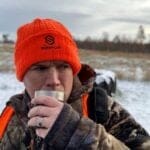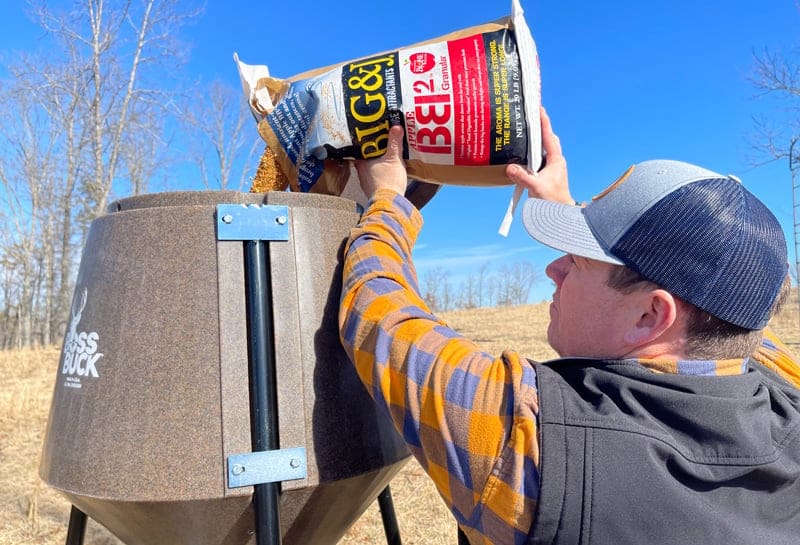As winter blankets the landscape, deer enthusiasts and hunters alike turn their attention to the well-being of whitetail deer herds during the colder months. This time of year was once a period for hunters to become bored and often fall victim to a strong case of cabin fever. However, in recent years, hunters have gained respect for the winter months and witnessed their off-season results of taking the time to care for the wildlife pay off.
A key aspect of ensuring the health and vitality of your deer population involves understanding the significance of providing supplemental food, implementing food plots, and offering essential minerals. As many hunters have done the same, these off-season winter tasks can be as enjoyable as the hunt. Especially when seeing how mature bucks respond to the benefits.
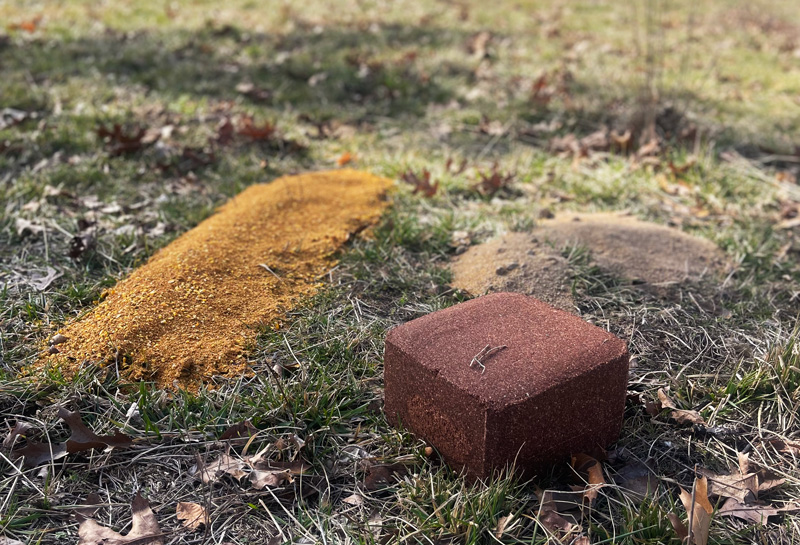
Supplemental Feeding
One of my favorite winter tasks is supplemental feeding. The extra boost in a much-needed food source is pivotal in sustaining deer populations during the harsh winter when natural forage becomes scarce. A balanced diet helps deer maintain their body weight, ensuring they have the energy reserves necessary for survival. Common supplemental feeds include grains, protein pellets, and specially formulated deer feeds. Notice that whole corn was not on the list. Corn is often the number one choice for hunters to feed, yet it can harm whitetail deer. Corn has little nutrition, and too much corn in a deer’s stomach can be hard to digest, resulting in sickness or, in worst-case scenarios, death. A more nutritional supplement assists in meeting the herd’s nutritional needs and can contribute to improved antler development in bucks.
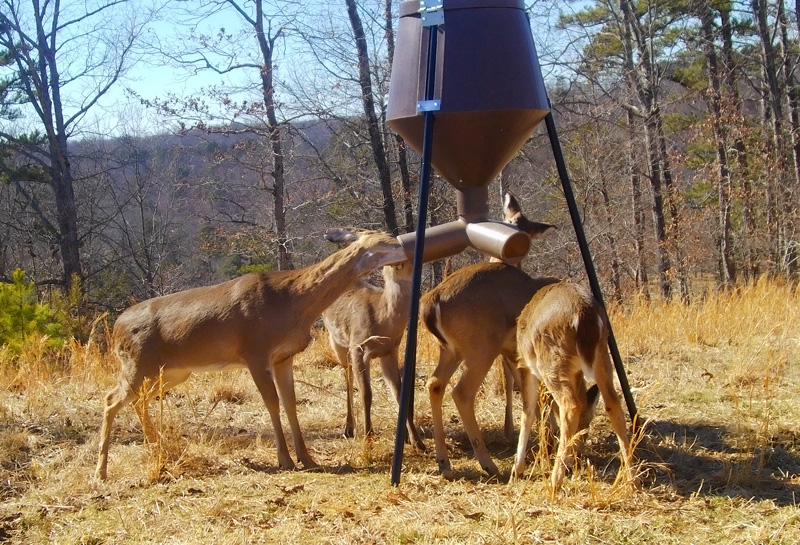
Food Plots for Winter Nutrition
There is always that point during the winter when you begin seeing an extensive increase in deer feeding in every small field or cattle pasture along the roadways. Most of these small food sources are dead or dormant, meaning they are not eating for nutrition; it is simply all there is to eat at that time.
Even though supplemental feeding has tremendous benefits, establishing winter food plots is another proactive approach to supporting deer nutrition. Food plots provide a source of high-quality forage that can be crucial when native vegetation is limited. Cold-tolerant crops such as winter wheat, rye, and brassicas are excellent options for winter food plots. These plots attract deer and provide essential nutrients, promoting overall health and enhancing antler growth. Some hunters plant late-season food plots only to use an electric fence to keep deer out until later in the winter; when food is scarce, they remove the fence. Otherwise, deer consume all the food in late fall, resulting in a lack of food at a time when it is more critical for survival.
Antler Development and Nutrient Requirements
The winter months are critical for bucks as they recover from the rut and prepare for the upcoming antler-growing season. Adequate nutrition during winter directly influences the potential for robust antler development in the following year. Nutrients such as protein, calcium, phosphorus, and minerals like zinc and copper are essential for antler growth. Supplemental feeds and strategically planned food plots can bridge the nutritional gap and contribute to healthier, more robust bucks.
Apart from macronutrients, whitetail deer also require specific minerals for optimal health and antler development. Calcium and phosphorus are vital for bone and antler growth, while trace minerals like copper and zinc play crucial roles in overall metabolic functions. Providing mineral supplements in mineral blocks or loose minerals ensures that deer have access to these essential elements, supporting their health and contributing to the development of impressive antlers. In many states across the United States, feeding or using minerals during hunting season is prohibited (check your local and state regulations). For example, in my home state of Missouri, we cannot feed or use minerals during hunting season; in some CWD zones, it is prohibited altogether. After the archery season ends on January 15th, I begin my off-season regimen by putting several mineral areas across my hunting properties and multiple supplemental feeding sites. By having multiple areas, all the deer do not congregate in one area. This prevents diseases from spreading and gives deer less peer pressure, which mature bucks appreciate.
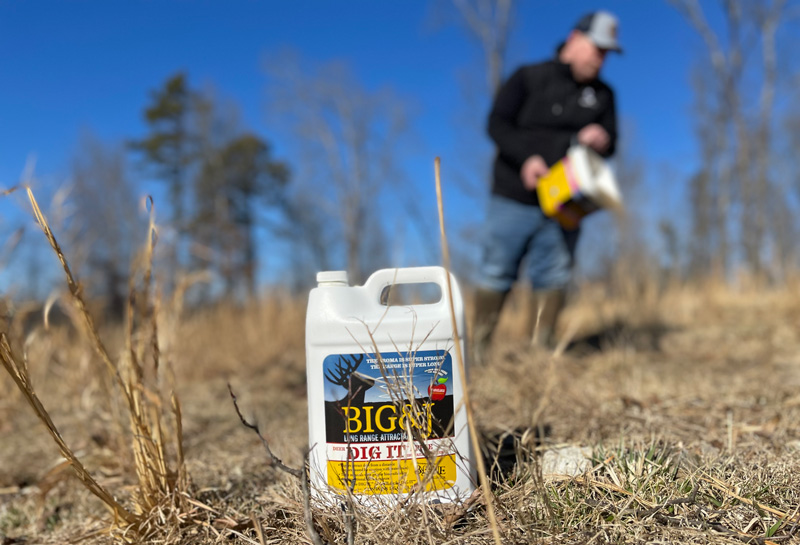
The importance of winter nutrition for whitetail deer cannot be overstated. Implementing a comprehensive approach that includes supplemental feeding, winter food plots, and mineral supplementation is critical to sustaining a healthy deer herd. By focusing on the nutritional needs of bucks during the winter months, enthusiasts and hunters can positively impact antler development, setting the stage for a thriving and vibrant whitetail population in the coming year.
